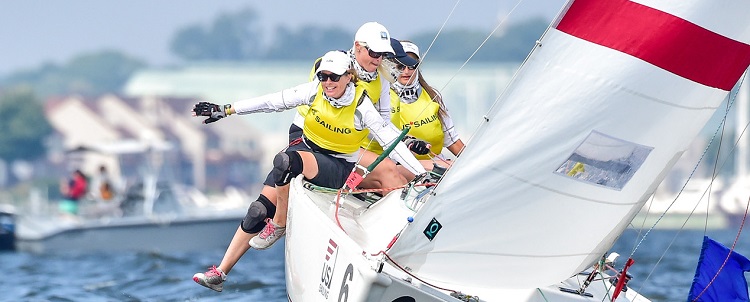The third part of our fitness series focusing on stretching and flexibility.
In recent years there has been a bit of rethink about the benefits of stretching, specifically related to whether it actually helps to prevent injuries. The deeper that you go down the rabbit hole of looking into it, the more you may be reminded of the debate around eggs (stick with us here). Eggs bounced around for years as being good for you, bad for you, good for you, bad for you. We’ve currently landed somewhere in the neighborhood of eggs are… okay for you? In moderation. On Tuesdays. Unless you’re a Pisces. Or have green eyes. And don’t own a ferret.
Stretching has never seesawed from positive to negative like that, but there has been an active conversation in recent years about how effective the practice really is at injury prevention. The idea that it may not produce significant reductions in overall injury risk goes against decades of conventional wisdom (just think back to gym class) and both sides are pretty dug in.

Everyone does agree that there aren’t really any negative benefits to stretching though - the closest thing we found is some limited evidence to suggest that stretching immediately before exercise may slightly reduce performance. Also, it does appear to reduce the risk of experiencing bothersome soreness and appears to reduce the risk of injuries specific to muscles, ligaments, and tendons. Finally, it's universally agreed that stretching increases range of movement, which clearly has benefits all over a sailboat.
Having personally experienced those benefits and pain reduction from alleviating muscle tightness, we think that it’s a worthwhile addition to your training regimine. There’s also an indication in the British Journal of Sports Medicine that “appropriate stretching and flexibility can optimise balance and mobility while decreasing muscle tension and unloading repetitively stressed muscles”. Sounds worthwhile to us!
We asked Claire Fitch, an instructor at Blue Lotus Yoga Studio in Annapolis, for some recommendations to get sailors started with stretches that focus on the most common trouble areas: your shoulders and back. She came back with some great advice and three stretching exercises that are super for any fitness level:
“It's important to think about stretching not just the muscle that feels tight, but other parts of your body that influence that muscle as well. To stretch your shoulders and lower back, for example, you should also focus on your chest, hamstrings, and connecting muscle groups.
Shoulders and Back
Interlace your fingers behind your lower back and gently pull them behind you, opening up your shoulders and chest. If you'd like, you can hinge your upper body over (toward the ground in front of you), keeping your back straight and your knees softly bent, until you feel a stretch in your hamstrings. Draw your hands up toward the sky.
Shoulders
Straighten your right arm and cross it over your chest, grabbing hold of it with your bent left arm. Ease your left ear down toward your left shoulder to intensify the stretch. Then find a doorframe (or shroud) and open up your straight right arm against it, so your elbow is facing into the door. Gently press forward to stretch the front of your right shoulder. Repeat both stretches on the left side.
Lower Back
Put your hands on top of a sturdy chair—or something of similar height—and walk your feet out until your back is parallel to the ground. Pull your belly button up and stretch your spine up toward the sky. Lean to the left and right to feel the stretch in each side of your back.”
For sailors that feel like they want a more complete stretching and flexibility routine, we highly recommend looking into yoga, pilates, barre, or similar disciplines. Yes, even for you gentlemen -- men can do yoga too! It is important to get some professional instruction to make sure that you're doing things correctly and maximizing the effects. You’ll also gain a greater appreciation for how muscles groups connect and improve muscle flexibility and elasticity.

If you aren't sure about going right into a class with other people or want to improve your flexibility a little before doing so, we thought this compilation of stretches had a little something for everyone.




